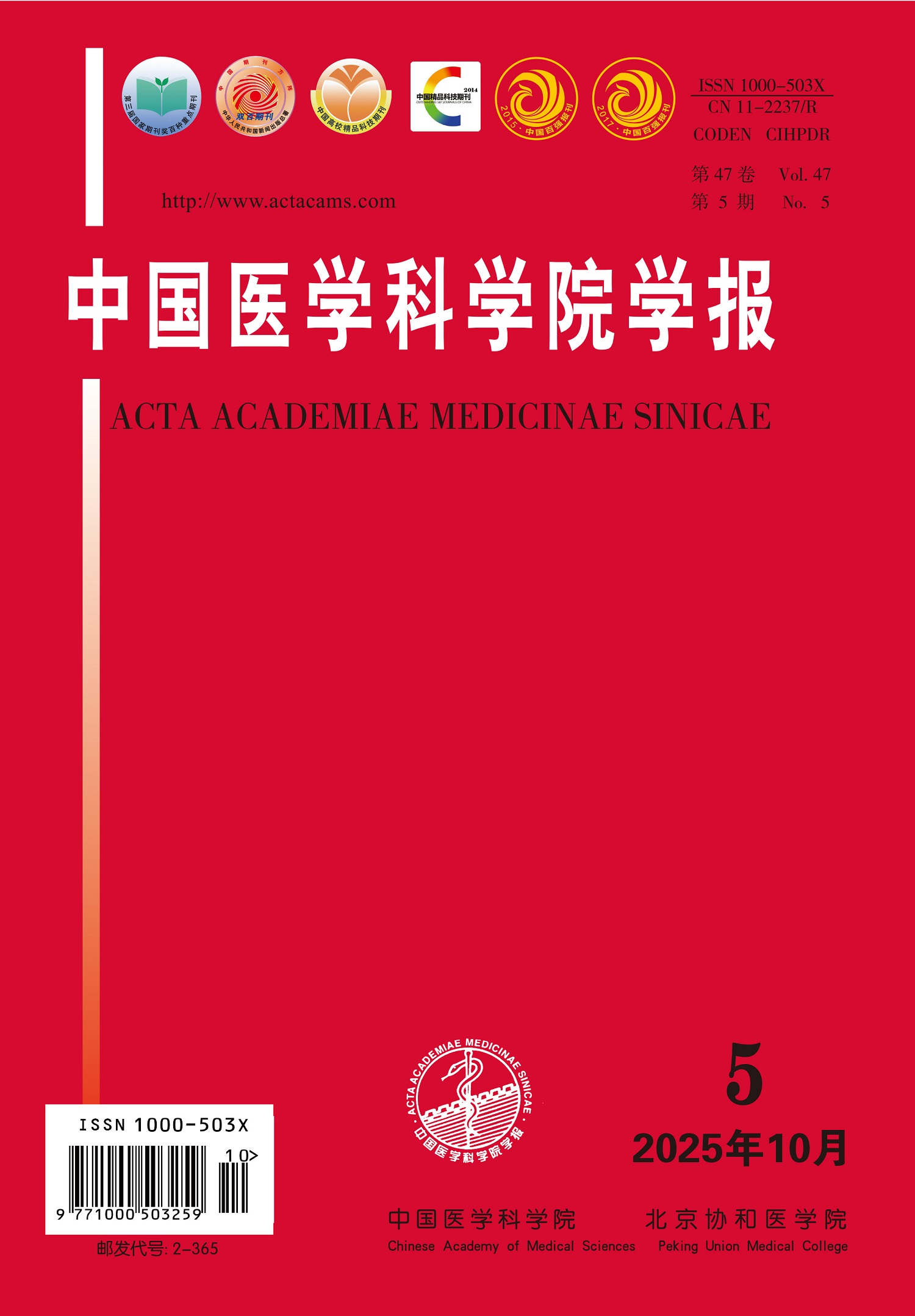LIU Xin, FAN Jingjie, DAI Zhenwei, LYU Mohan, YU Fei, SU Xiaoyou, TANG Shenglan, QIAO Youlin
Online available: 2025-05-09
Objective This study aims to assess the coverage of human papillomavirus(HPV)testing and the prevalence of HPV infection among men who have sex with men(MSM)using geosocial networking apps in China.It also explores the related influencing factors to provide evidence for designing effective prevention and control strategies for this population. Methods The study was conducted from July to August 2024 and recruited participants via the Blued app.Univariate and multivariate logistic regression models were used to analyze factors associated with HPV testing and infection among MSM. Results Among the 1,080 participants,23.3% had undergone HPV testing,and 43.3% of those tested were positive for HPV. The main reason for HPV testing was the presence or suspicion of HPV-related symptoms(n=224,58.9%).Logistic regression analysis showed that MSM with higher levels of HPV knowledge,higher income,and those who self-identified as homosexuals were more likely to undergo HPV testing.Additionally,MSM with higher HPV knowledge,those who self-identified as homosexuals,those who had sex with women in the past six months,and HIV-positive MSM were identified as high-risk groups for HPV infection. Conclusions In China,the HPV testing rate among MSM using geosocial networking apps is low.However,the prevalence of HPV infection remains relatively high.Therefore,the government and community should enhance HPV knowledge dissemination,promote HPV testing,and improve the accessibility and quality of HPV testing services.By doing so,they can increase the testing coverage and effectively control the spread of HPV among MSM.




